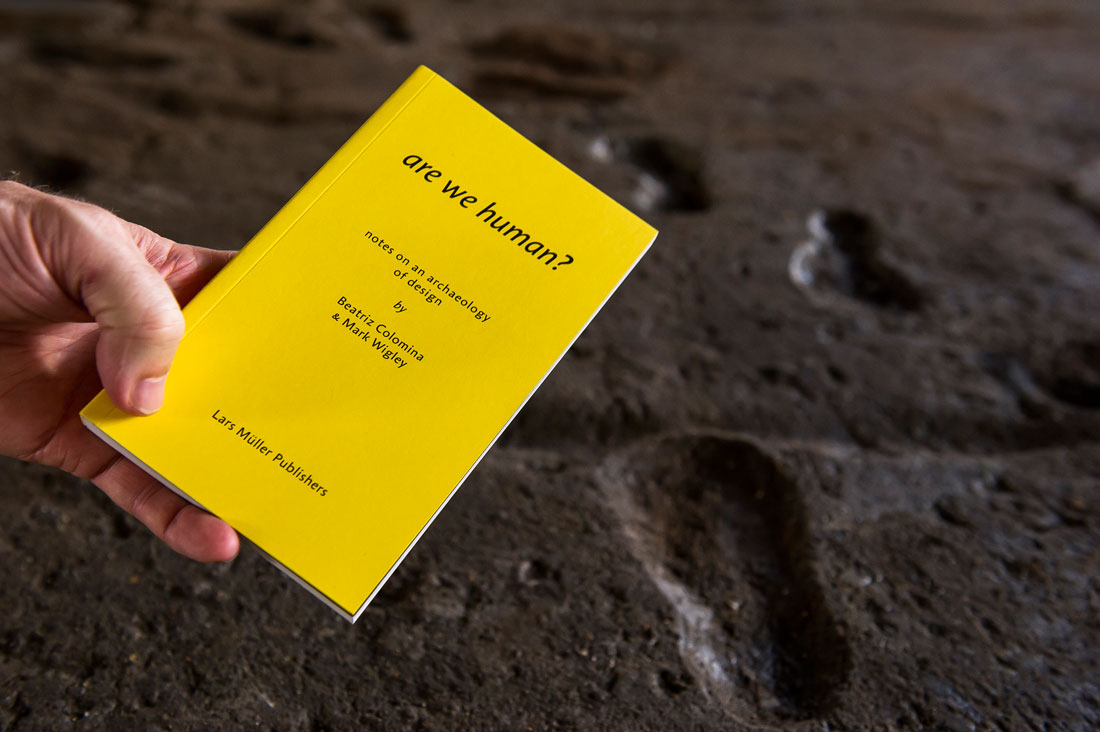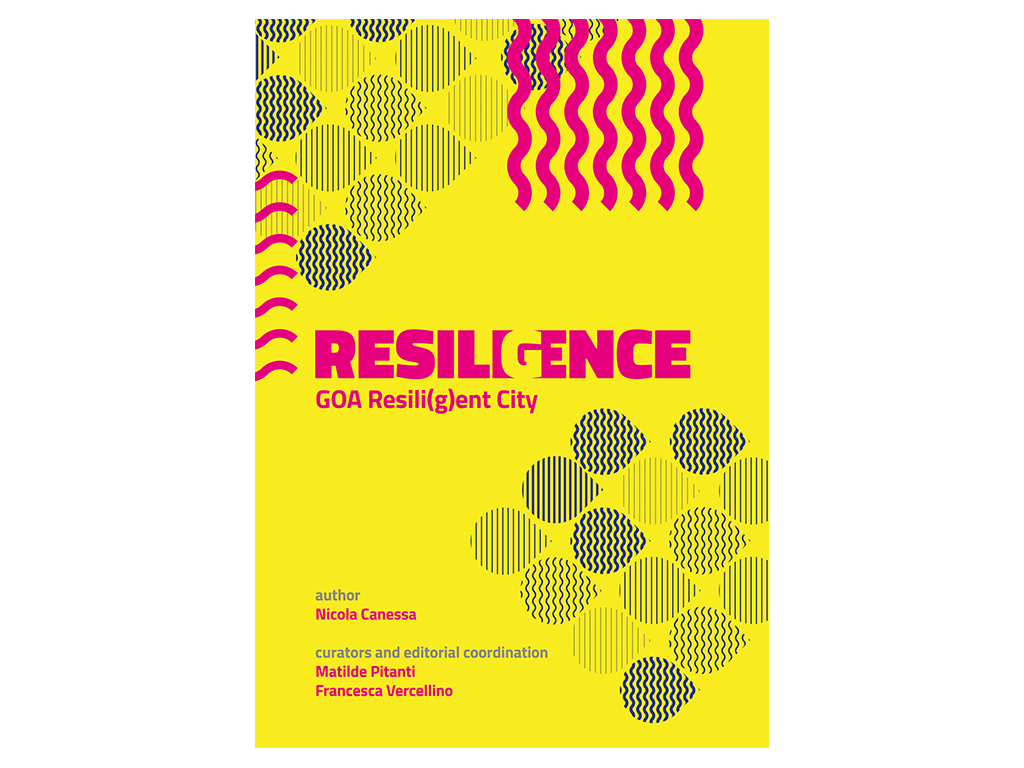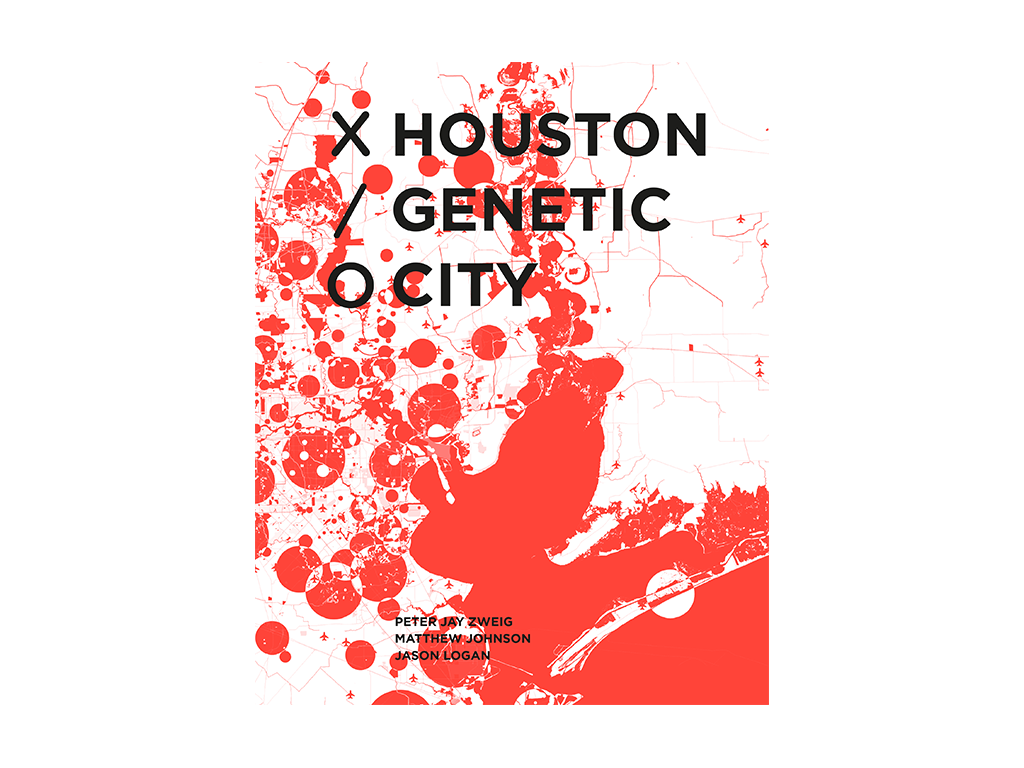Design always presents itself as serving the human but its real ambition is to redesign the human.
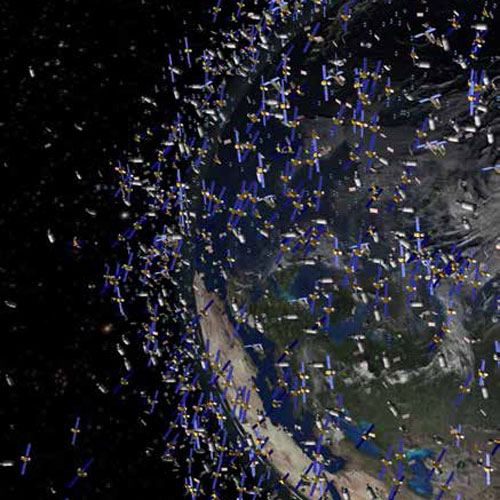
The history of design is therefore a history of evolving conceptions of the human. To talk about design is to talk about the state of our species.
Humans have always been radically reshaped by the designs they produce and the world of design keeps expanding. We live in a time when everything is designed, from our carefully crafted individual looks and online identities to the surrounding galaxies of personal devices, new materials, interfaces, networks, systems, infrastructures, data, chemicals, organisms, and genetic codes. The average day involves the experience of thousands of layers of design that reach deep into the ground and outer space but also deep into our bodies and brains. We literally live inside design, like the spider lives inside the web constructed from inside its own body. But unlike the spider, we have spawned countless overlapping and interacting webs. Even the planet itself has been completely encrusted by design as a geological layer. There is no longer an outside to the world of design. Design has become the world.
Design is what you are standing on. It is what holds you up. And every layer of design rests on another and another and another. To think about design demands an archaeological approach. You have to dig. Dig into the ground, underground, beneath the seabed, and deep into the Earth. Dig into the things sitting on the ground – buildings, cities, treetops, and antennae. Dig over the ground – into the air, clouds, and outer space. Dig even into the invisible layers–data storage, formulas, protocols, circuits, spectra, chemical reactions, chemical reactions, gene sequences and social media posts. Digging, documenting, dissecting, discussing–digging, that is, into ourselves.
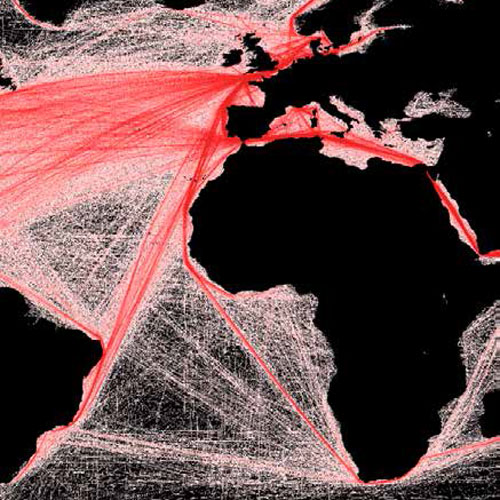
If design needs archaeology, archaeology has always been about design. It reconstructs human activity by analyzing the material traces of technofossils. It treats every artifact and pattern it uncovers with a delicate brush or a penetrating X-ray as evidence of human life and intentions. Sedimented layers are painstakingly exposed to replay sequences of human sociality, mobility, diet, metabolism, symbolism, and mental capacity. This obsessive forensic analysis deploys the most precise measurements and carbon dating techniques. Yet the evidence is always partial and the analytical framework is never innocent. Archaeology is an amalgam of polemical speculative debate and the latest understanding of scientific rigor. It is a kind of reverse engineering of design. It tries to recover possible pasts while design looks forward to possible futures. Design is a form of projection, to shape something rather than find it, to invent something and think about the possible outcomes of that invention. This endless reshaping and speculation about possible outcomes is uniquely human. The archaeology of design is not simply about the history of the human animal as revealed in all the layers of artifacts. It uncovers the sedimented ways of reinventing the human.
Design is the most human thing about us. Design is what makes the human. It is the basis of social life, from the earliest artifacts to today’s ongoing exponential expansion of human capability. The human radiates design in all directions. The imprint of the human is in the land, the oceans, the atmosphere, the plants, animals, organisms of every kind, chemicals, genetic makeup, and all frequencies of the mainly invisible electromagnetic spectrum. There is no water whose temperature, movement, and chemistry has not been affected. No air is unmarked. There is hardly any dimension of the natural world that has not been affected by human activity. Most of the Earth’s surface has been massively transformed through urbanization and agriculture. There is an ever-accelerating reduction of biodiversity through the devastation of countless species through loss of habitat, overfishing and overhunting, industrial chemicals, pollution, and the invention of new species of plants and animals through selective breeding and genetic editing along with the acceleration of climate change driven by burning fossil fuels. The designs that mark human life are not just the cultural and technical artifacts that eventually make their way into museums. They are the precarious movements of refugees, the collapse of biodiversity, the global flows of information and resources, the holes in the ozone layer, the microplastic diffused throughout the oceans, the radioactive isotypes from atomic testing in the atmosphere and the black carbon everywhere in the air and soil.
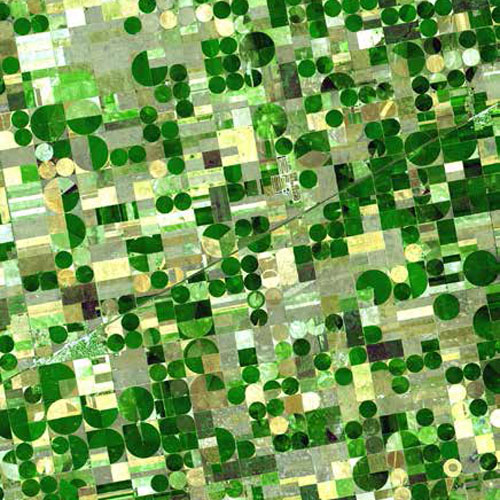
Humans no longer move across a small part of a very thin layer on the skin of the Earth, nomadically foraging for resources as if acting lightly on a vast stage. They now encircle the planet with layer upon layer of technocultural nets, posing an ever-greater threat to their own survival.
The human might be the only species to have systematically designed its own extinction, and seems to be getting close to accomplishing the goal. Yet it largely acts as if it cannot do anything about it, staring at the prospect of its own demise as if transfixed, even with a lingering sense of pride in this massive self-destructive accomplishment. It is as if the image of a vast sublime natural world overwhelming the human attempt to comprehend it has been reversed. The human itself is now the overwhelming spectacle.
Enveloped in all the nets of its own making, the species constantly watches itself, as if fascinated by what it has become, increasingly aware that it is the very force that is making its own occupation of the planet, and that of most other species, ever more fragile. The human animal spends a remarkable amount of time looking at itself and its artifacts from an ever-increasing number of angles at every scale from the whole planet to atomic and now subatomic details. Conventional media channels provide continuous selfsurveillance by bringing real-time images from every corner of the globe. The Internet offers multiple interfaces tracking the global movements of satellites, space junk, aircraft, ships, tweets, viruses, migration, and remittances. Millions of fixed webcams enable specific locations to be monitored from isolated stations in the Antarctic, desert highways, building sites, laboratories and apartments, to orbiting space stations. Instantly uploaded video from cellphones means the eyes with which we watch and are watched have multiplied exponentially. Live video feeds from cellphones in bedrooms, bathrooms, and battlefields have become the front lines of contemporary life. Once deeply private spaces are now accessible online. Personal actions and thoughts are experienced by global audiences. Individual movements, purchases, and communications are continuously detected, recorded, and analyzed throughout the day and night, as if constituting a massive collective selfie.
The transformative “blue marble” photograph of “our” planet taken on December 7, 1972, through the window of the Apollo 17 spacecraft as it headed toward the Moon – a singular, seemingly all-encompassing view of the “whole earth” from the outside with no visible human trace – has been displaced by live feeds from the International Space Station orbiting the planet at 17,000 miles an hour and countless views from the inside the Earth, as exemplified by the real-time images made, distributed, and watched on billions of cellphones. The technology to simultaneously visualize the Earth from outside and from inside is now in everybody’s hands. Images and sounds from inside every dimension of human activity from the minutest scales of personal and chemical life to the widest expanses of interstellar space are gathered together in ever-shifting combinations on our small portable screens. Yet this real-time juxtaposition of multiple scales and angles does not form a seamless unity that either frightens or reassures. On the contrary, the image of our self-made habitat is a permanently changing mosaic. The new “whole earth” image is a real-time heterogeneous collage of collages that are riddled with questions. The unprecedented ability to collectively construct and share images does not mean that we all see the same thing. Our self-image is multiple and ever-shifting, as if we look into a vast multifaceted mirror in which the surfaces keep moving. We are fixated on a reflection that is as strange as hearing a recording of one’s own voice, continually wondering what we are becoming. “Are we human?” is the most everyday question.
This huge and detailed self-portrait is full of gaps, technical limits, and multiple forms of censorship. It is paralleled by massive secretive surveillance systems with government, military, and corporations carrying out relentless visual and electronic tracking. The ability to see so much more is equally the ability to be seen much more. The human looks at itself looking at itself. Self-monitoring is a huge part of human activity – and is inseparable from design. The world of design is not the world of isolated artifacts seen in the spaces of design schools, exhibitions, museums, magazines, and stores or even in the wider spaces of the city or landscape. It is more in the planetary domain of overlapping geological and biological layers of artifacts at different scales and time frames and especially includes the ways that those layers are looked at, touched, and explored. Looking and grasping and reflecting is after all a key part of design. If design is basically a way of looking forward, this is not simply in the sense of inventing new artifacts. Artifacts become truly transformative by exceeding what was expected of them, exceeding our grasp. It is precisely challenging us – triggering the potential of new ways of seeing, thinking, grasping, and acting – that design plays its role in redefining the human.
If you were coming to Earth from Mars it would be easy to observe that one species is entirely dominating the planet. But where would you meet this species? What would the first encounter be? Coming across a piece of space junk on the way in? Would you say, “Well, that’s just a designed object and let me wait till I find out who made that.” Or would your first thought be “Okay, contact with another creature”? After passing through clouds of satellites chirping to one another you would see airplanes and cities and sense the Internet buzzing with countless thoughts. Would you stop when you see organisms walking around on two legs and say “I found the humans”? Would you even see the fleshly bags of organs on your way into the crucial microbes, the proteins, or the genome of the creature? Or would you just pass the body by on the way into the electrical signals, the reshaped Earth, or the weather? You might conclude that this species dominating the planet emerged only 200,000 years ago, which is a pathetically short time, but this species is already like a kind of cloud of design, countless overlapping webs at the scale of the planet that are part of its body and brain. The human is occupying itself in a strange kind of way. It’s fascinating but not clear if this species can survive itself, or even wants to. Better make some notes.
